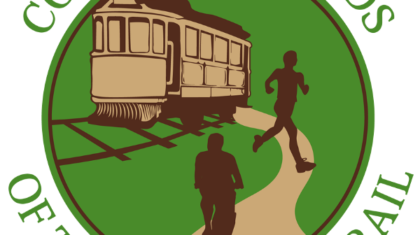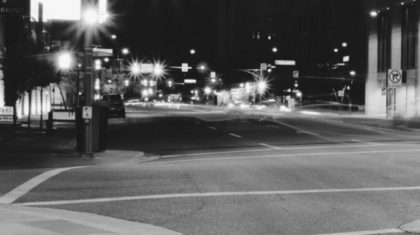
My father-in-law Leonard passed away a few weeks ago. As we were gathered with family and friends, the conversation turned to the ragtag collection of bikes in his garage, and someone remarked that his e‑bike had added years to his life.
Leonard was in his 80s, and for years used a bike to get around. He lived in Oakdale, a small suburban town surrounded by farmland in California’s Central Valley. Typical strip mall commercial, all the stores and services in auto-oriented shopping centers stretching for miles along a busy highway. It was an easy place to drive and park — but Leonard stopped driving years ago and biked everywhere, on an assortment of hand-me-downs and Goodwill fixers. My wife’s old Mongoose mountain bike. A random Univega. The lugged Peugeot I found at a tag sale and was totally going to fix up, but the weird French crankset flummoxed me and instead it sat in my basement for years until I finally gave it to Leonard who got it working within minutes.
His favorite bike was my old Cannondale — “Big Red” — a huge, bright red mountain bike I bought off a listing in the pennysaver in the early ‘90s that was way too large for me, but I wanted a Cannondale so badly I ignored the poor fit. Not surprisingly it was a lousy mountain bike — too-large frame and rigid aluminum fork do not inspire confidence in the dirt — but with some slicks it turned into a fine commuter bike for many years. Eventually I passed it off to Leonard, who was taller than me and it actually fit. He added his own old man touches — bar ends rotated up 90 degrees; pipe foam taped over the grips; big wide cushy saddle — and it became his main ride.
Leonard would pedal around Oakdale for hours, and he put more miles on Big Red in five years than I had the previous 20. He had his routine. He’d go visit my wife’s brother and bring him the paper. Then he’d cruise out on the country roads. Then stop by the store on the way back.
Biking was his main daily activity, physical and social. But every year that passed his strength declined a bit, and his trips got shorter.
Then a few years ago he was hit by a car. He was riding on the sidewalk to get into a shopping center — exactly the kind of behavior we know results in crashes, but exactly the kind of behavior the design of the roadway and shopping center forced him to do. He got clipped by a car coming out of the driveway. He wasn’t hurt badly, but the crash wrecked Big Red and shook his confidence. After the crash it would have been perfectly reasonable for my wife to encourage her dad to ease off the cycling, but instead she doubled down and bought him an electric assist.

We sprung the e-bike on him as a surprise, and at first he wanted nothing to do with it. The first words out of his mouth were, “How much did it cost?” followed by, “Don’t need it.” An e-bike was a bit too shiny and newfangled for a guy who had spent decades riding bikes that had been tossed aside by others, fixed up with nuts and bolts scrounged from a Folgers can in his garage. After some protesting, we finally got him to climb on and try it. I still remember the huge, surprised grin on his face as he took that first pedal stroke, the electric assist kicked in, and he zipped off down the dirt alley behind his house. Superhuman strength, he was hooked.
That e-bike was a game changer. Suddenly Leonard could do three-hour rides again. He had his routine back, visiting family and friends, those rambling rides in the country, trips to the store. He wore out the rear tires on a monthly basis. He rode that bike so much that he burned out a battery within the first year — we had to bring it back to a shop in the Bay Area for warranty, which meant Leonard was without the bike for a couple weeks. He went stir crazy — called my wife every day asking if the new battery was ready. He had become so reliant on that bike to get him out of the house. During those couple weeks it really hit home just how much independence that e-bike gave Leonard, and how important it was for his well-being, physical and mental. It truly did add years to his life.
In his last days, my wife asked her dad if he wanted to stay in the hospital and keep getting treatment, or move home. He said with a smile “I want to go home and get back on my bike.”
We all knew that couldn’t happen, he was too sick to ride again, but his meaning was clear: Leonard was leaving us on his own terms, and those memories of his bike rides would take him on to his next adventure.
We’re still just scratching the surface of e-bike adoption here in the US, and one of the most exciting things about Alta’s work is how we support the not-really-that-new technology of e-bikes in more widespread adoption, especially in suburban contexts. There are millions of older adults living in low-density places where services and social connections are spread out and transit is lacking, leading to a potential for isolation for those who don’t drive. I think of Leonard’s daily rides, and the potential for e-bikes and safe infrastructure to support mobility independence and improve the well-being of a lot of folks like him.
See you out on the country roads, Leonard.


